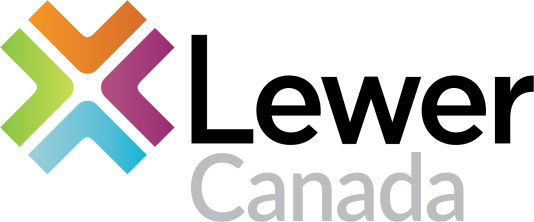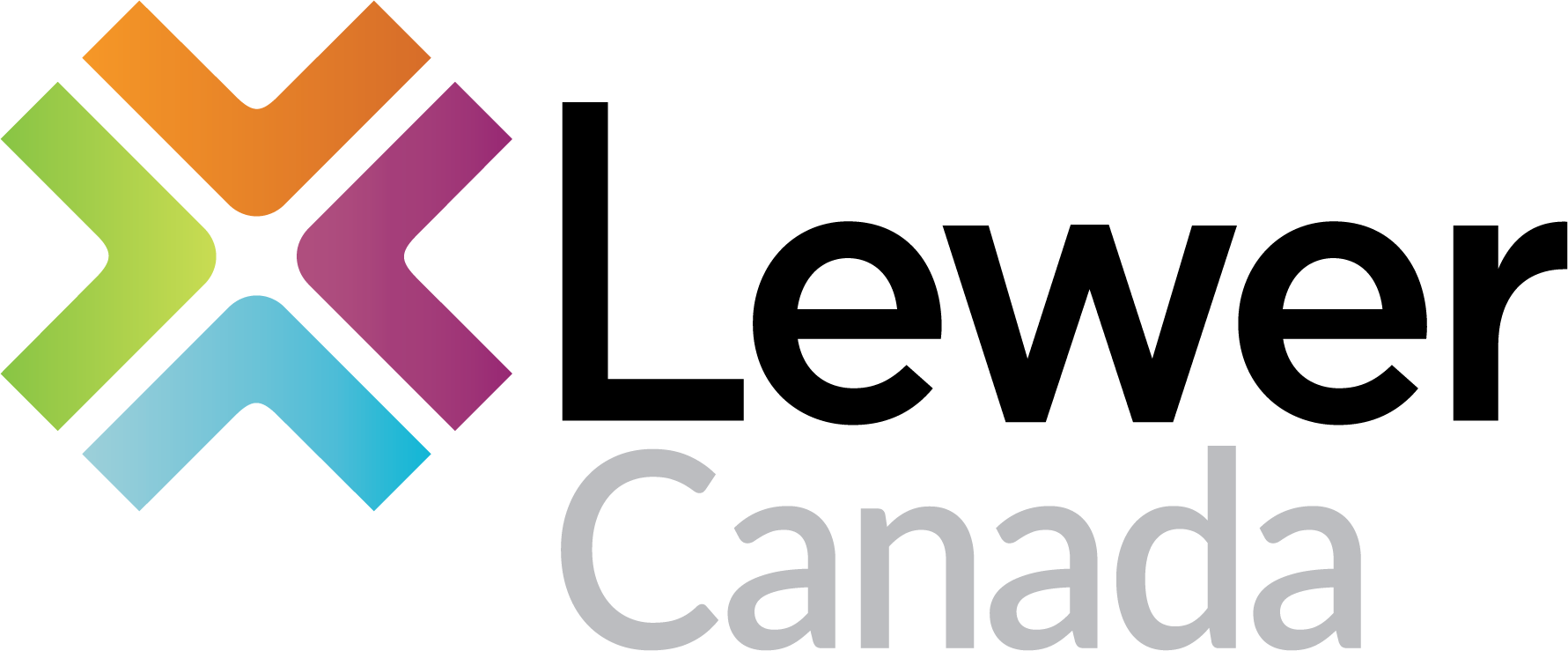As the new drug coverage program called OHIP+: Children and Youth Pharmacare comes into effect on January 1, 2018, we recommend you familiarize yourself with this program, how it may affect you and your family, as well as the processes to come.
What changes are happening to my drug coverage?
Residents age 24 and younger will be completely covered by OHIP+ for the cost of all medicines currently funded through the Ontario Drug Benefit program. There will be no out of pocket costs, such as deductibles or co-payments. This program will stop on the individual’s 25th birthday.
Who will be covered?
This is the first program of its kind and will be available for all youth in Ontario, regardless of family income or whether they have private insurance. The program will cover more than four million children and young people across the province.
Parents whose children have cancer have been relying on the Trillium Catastrophic Drug Plan will now save thousands of dollars under the new program. The Trillium deductible currently requires parents to pay four percent of their gross annual income. The program will make life more affordable for families in these types of situations.
What you need to do if you or your dependents are
24 or younger:
- Remember to present a valid health card or health card number when you go the pharmacy on or after January 1, 2018.
- If you or your dependent are taking a drug on an ongoing basis, the government recommends you talk to your doctor to see if the drug is part of the government’s Exceptional Access Program (EAP). If it is (and your doctor recommends you continue to take the current drug) you should ask your doctor to submit an EAP request form now to avoid interruption of coverage on January 1, 2018.
What will be covered?
OHIP+ will cover all drugs currently covered through the Ontario Drug Benefit (ODB) program. This includes more than 4,400 drug products listed on the ODB formulary such as generic drugs, antibiotics, inhalers, epinephrine auto-injectors and medications that are used to treat common chronic conditions, childhood cancers and other diseases. Many of these will help patients avoid reactions such as strokes, vision loss, and heart attacks due to lack of proper medications that their families may not be able to afford.
Additional drugs not covered by the ODB formulary may also be eligible for funding through the government EAP under specific clinical circumstances.
The Ontario government is partnering with the Canadian Life and Health Insurance Association and member insurance companies, to ensure eligible Ontario residents who have insurance coverage experience a smooth transition from private plans to OHIP+.
What is the process when an individual is prescribed an
EAP drug?
A request must be submitted to EAP and the prescriber (physician or nurse practitioner) must submit the request on behalf of the individual. Other examples of high-cost specialty drugs that are covered under the EAP program are:
-
Drugs for the treatment of severe asthma
-
Juvenile arthritis
-
Psoriasis
-
Crohn’s disease
-
Ulcerative colitis
This is a significant step for Ontario, one that the government hopes will set a trend for the rest of the country where no child will go untreated due to a lack of medical coverage. Ontario recognizes that where a family lives in the province shouldn’t affect access to proper medication for children and young adults.
For more information on OHIP+ please visit http://www.ontario.ca/OHIPplus.
On the government website, you will find information on the EAP process, turnaround times for EAP processing and other valuable information. If you have questions about the government program you can contact the Ontario Ministry of Health call centre as outlined below or send an email to [email protected].
General OHIP+ questions: Call Service Ontario, INFOline at 1-866-532-3161
In Toronto, 416-314-5518
Specific drug coverage questions: Call Ontario Public Drug Programs at 1-866-811-9893
In Toronto, 416-327-8109

